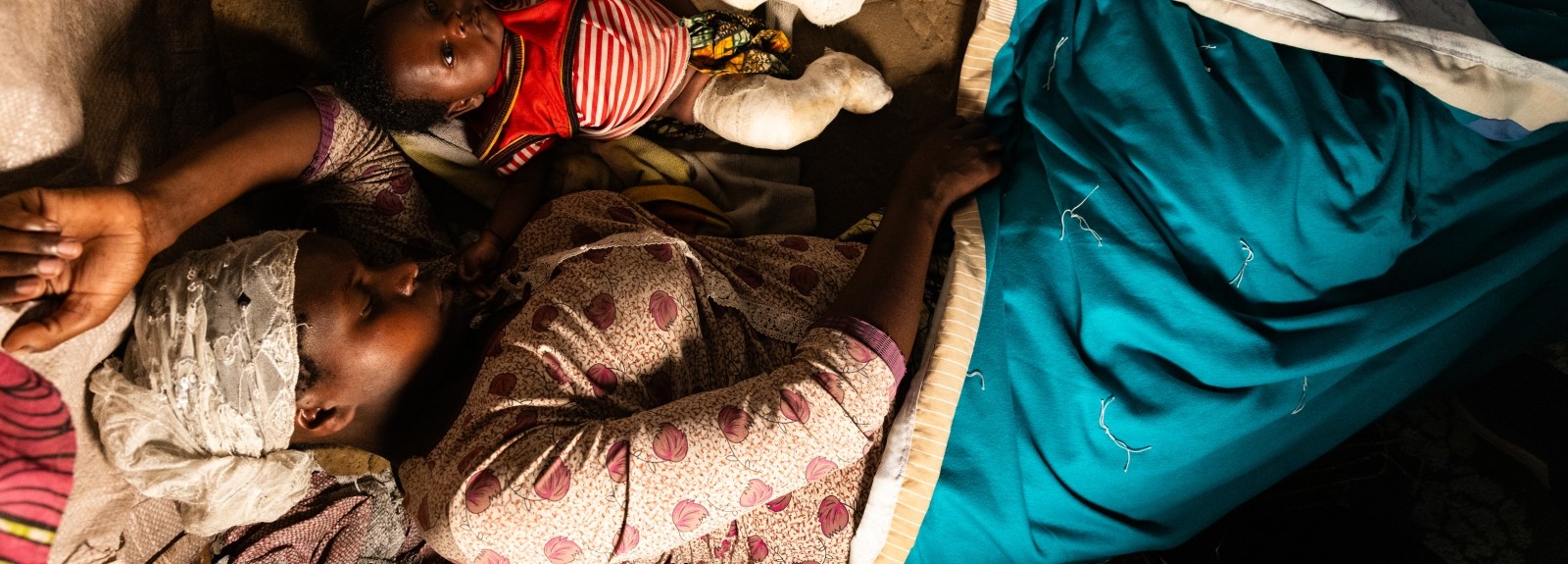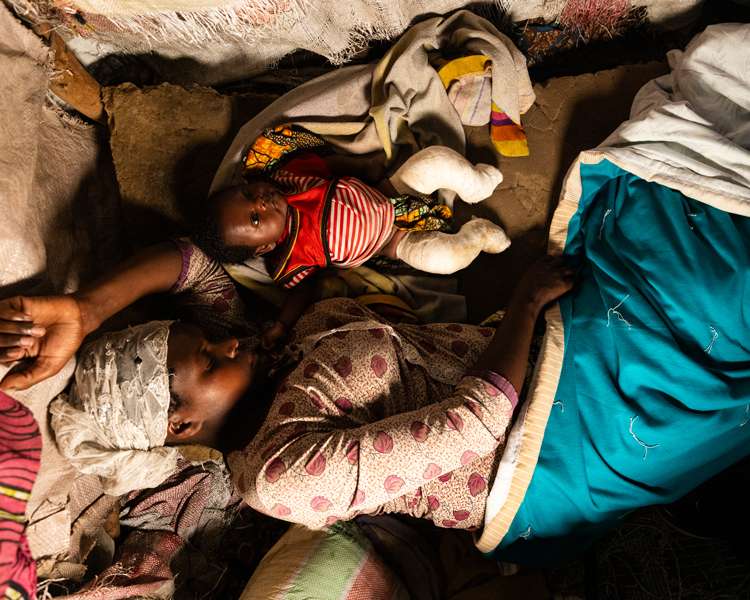The ongoing violence and conflict in the eastern region of the Democratic Republic of Congo (DRC) have triggered a severe humanitarian crisis, marked by escalating displacement, widespread suffering, and urgent needs for basic services as many flee their homes and others attempt to return to their home villages. As of January 2025, the situation has worsened dramatically, particularly in and around the city of Goma in North Kivu. The recent takeover of Goma by M23 rebels, combined with heavy fighting, looting, and the breakdown of essential services, has left countless civilians in a perilous situation.
Rapid deterioration in Goma
On January 27, 2025, the M23 rebel group entered Goma, the provincial capital of North Kivu, with overwhelming force, resulting in the violent takeover of the city. The fighting, which involved the use of heavy weaponry in densely populated areas, has caused nearly 3,000 casualties, with thousands more injured, including children. Reports of disturbing attacks on women and girls have surfaced, alongside accounts of looting—particularly of medical supplies, food, and water.
Essential services have been critically impacted, leaving residents without power for days, struggling with water shortages, and cut off by communication blackouts. The conflict has effectively shut down roads, closed ports, and halted internet access, making it increasingly difficult for humanitarian actors to respond. As the rebels continue their advance toward Bukavu in South Kivu, thousands have been forced to flee from IDP camps to host families, churches, and schools in and around Goma, while others have managed to return to their home villages—further compounding the displacement crisis.
Rising displacement in DRC
The scale of displacement in the region is staggering, with nearly 5 million people forced to flee their homes, often to overcrowded and insufficiently equipped camps for internally displaced people (IDP). Goma has seen a particularly sharp increase in arrivals over the past two weeks (January 2025), straining an already fragile infrastructure.
Fela Mbahibwe, a mother driven by courage and love, fled the violence of the M23 occupation in her village of Kibumba. In the chaos, she tied her children and grandchildren together and carried the youngest on her back, determined to keep them safe.
We just grabbed our kids. We ran in all directions. We didn’t carry anything. No utensils, just the children.
Immediate needs
- Access to clean water remains one of the most urgent concerns. Many people are resorting to fetching water from the lake, which poses a significant risk for cholera and other waterborne diseases.
- Food insecurity is another pressing issue, particularly for the newly displaced people who have arrived in Goma and surrounding areas. Many are sleeping in makeshift shelters or in temporary accommodations.
Restoring livelihoods is essential, particularly through agriculture-based initiatives in return areas. Leveraging cash and vouchers assistance can provide immediate financial relief while helping families rebuild their farming activities and strengthen food security.
- Health services are stretched to their limits, with local hospitals overwhelmed by the sheer number of displaced individuals needing medical attention. Supplies are running low, and many patients cannot afford food during their treatment.
- Psychosocial support is urgently needed, as reports of violence, harassment, and trauma have emerged in IDP camps. Women and girls are particularly vulnerable, with many seeking refuge in health centers or urban areas like Goma.
IMA World Health’s response
Corus organization IMA World Health has a long-standing presence in Goma and beyond and is actively working to assess the immediate needs of displaced populations and harness partnerships with local organizations to provide critical health care, water, sanitation, and safe spaces, particularly for vulnerable women and children.
In collaboration with community-based organizations, health facilities, and humanitarian coordination forums, IMA World Health is conducting urgent needs assessments to understand the specific requirements of displaced populations and the most vulnerable groups, including women, children, and those with health conditions, from this latest escalation of violence. This grassroots approach allows IMA to tailor its interventions, from medical care to psychosocial support, in a way that is culturally sensitive and responsive to the needs of the community. By leveraging the knowledge and networks of local partners, IMA is not only delivering critical aid but also empowering communities to lead in their own recovery, fostering resilience in the face of ongoing crisis.
IMA’s Humanitarian Action Team provides essential non-food items to IDPs in Janga Edingo Camp, Goma. Supplies like hygiene kits and quilts offer vital relief to families facing displacement amid the ongoing crisis.
Proposed immediate actions
IMA World Health proposes the following immediate actions to respond to the escalation of violence and displacement in Eastern DRC:
- Repairing health facilities: Support the repair of damaged hospitals and provide fuel for generators to ensure continued operations in the face of power outages.
- Cholera prevention: Focus on distributing water purification tablets and chlorine to prevent waterborne diseases. Make emergency repairs to damaged water collection points to restore access to clean water.
- Vaccination campaigns: Organize vaccination campaigns to lessen the risk of outbreaks of diseases like mpox, measles, and polio. This includes outreach vaccination, mobile teams, and setting up fixed vaccination sites in areas with large concentrations of IDPs.
- Psychosocial support: Prioritize mental health services and psychosocial support for those affected by violence. Provide specialized protection services to help survivors of violence against women and girls.
- Provision of Non-Food Items (NFIs): Distribute essential supplies such as blankets, cooking materials, and hygiene kits to IDPs in need as well as ensure that hygiene facilities are accessible and functioning.
Looking ahead: A call for continued support
As the humanitarian crisis in Eastern DRC continues to worsen, it is essential that the international community responds with urgency and commitment. The challenges facing displaced populations in Goma and the Kivus are vast, but with coordinated and sustained efforts, there is hope that critical needs can be met, and lives can be saved.
IMA World Health is committed to supporting vulnerable populations in Eastern DRC during this devastating crisis. However, much more is needed, including further funding, resources, and partnerships to ensure that humanitarian aid reaches those who need it most.


